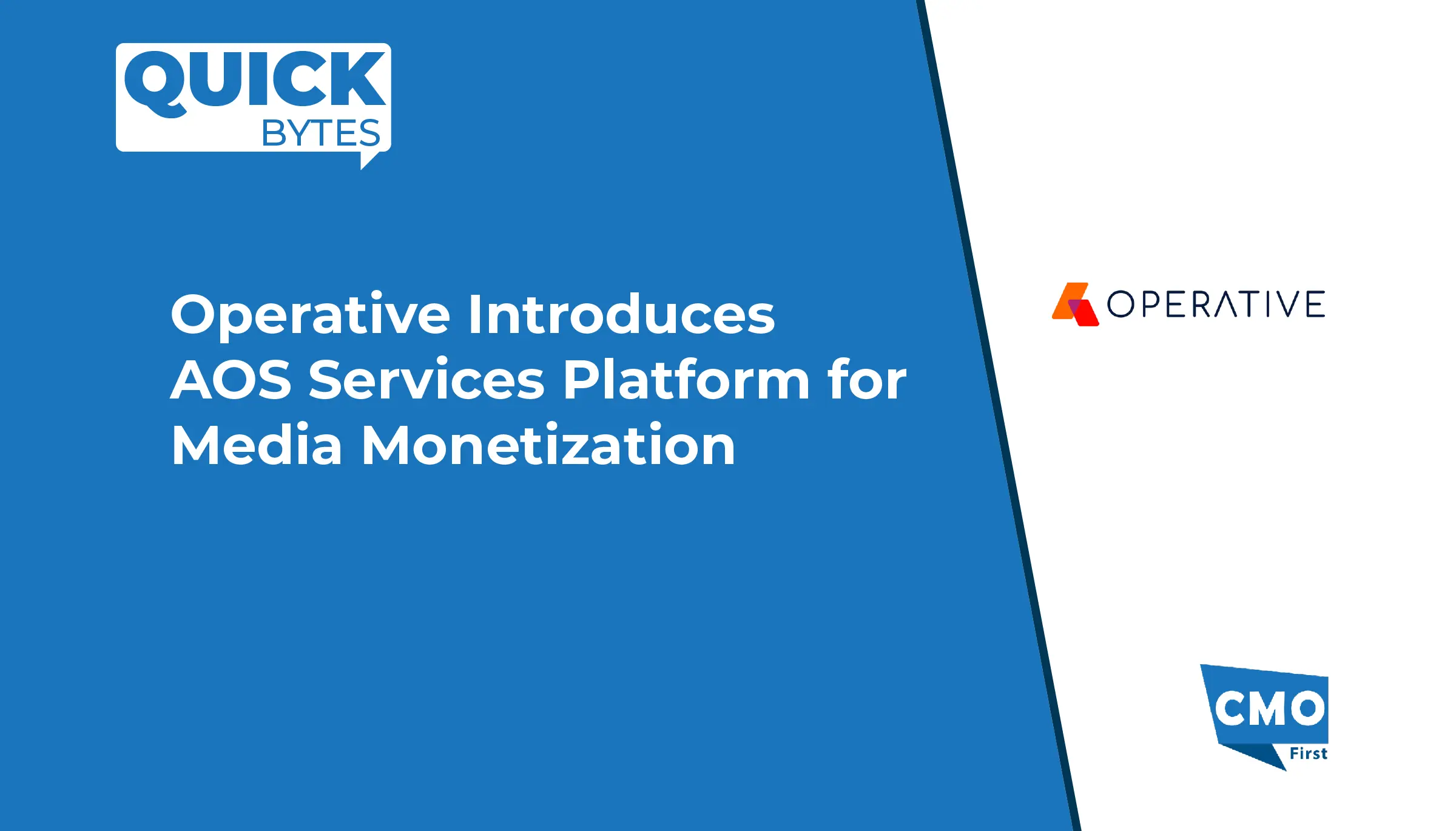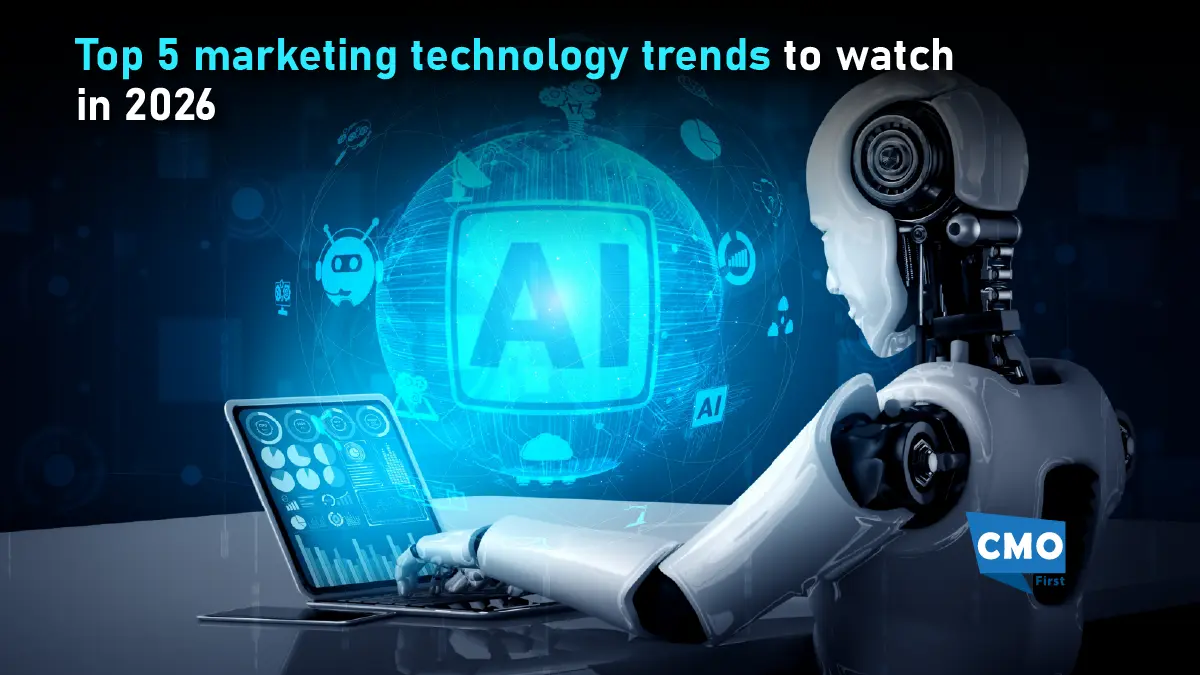One of the most critical strategies of 2022 is omnichannel, and with good reason. It is no longer an option for retailers that wish to remain competitive in today’s industry. It enables retailers to give consumers an immaculate experience no matter how they interact with a brand.
Marketers have observed a gradual shift in consumer behavior toward e-commerce over the past ten years as people sought out convenient and accessible shopping options. The COVID-19 pandemic greatly accelerated this trend. Consumers have started to want experiences combining online and physical shopping, even as e-commerce has come to represent a larger portion of overall retail sales across industries. Retailers, both physical and online, will therefore need to deliver seamless omnichannel digital experiences across channels and platforms in order to fulfill customer expectations.
The rise of omnichannel commerce represents a cultural change in how people expect to shop.
Business executives should be mindful of the following pitfalls when considering their omnichannel strategy and Customer Experience (CX).
Increase in transaction tax requirements
In addition to increasing a retailer’s supply chain needs, omnichannel commerce directly affects the amount of sales tax liabilities they are required to pay. The consumer base expands and is geographically more dispersed when a shop adds or expands sales channels. This has a major impact on a retailer’s tax responsibilities in the US.
Also Read: 4 B2B Strategy Mistakes That CMOs are Guilty of Making
Retailers must understand where they must accumulate and remit sales tax, register to gather, calculate the right amount of tax by jurisdiction, differentiate between taxable and tax-exempt sales, and remit the tax that is owed to the authorities in order to navigate the additional tax complexity of omnichannel sales. With each new channel and jurisdiction introduced, the entire procedure might grow time-consuming and expensive. For their businesses to stay compliant as they expand, merchants frequently use automated solutions that continuously cover the whole tax lifecycle.
Dreary displays and services
Because omnichannel retailing requires creative problem-solving, slack one-way solutions are unacceptable. The self-serving kiosks are where it all begins because unintuitive ones risk losing customers.
Every customer appreciates new technology, but only if it makes their lives easier rather than the store managers. Therefore, marketers must comprehend which processes in their workflow require a human touch and which can be automated.
Only a two-way relationship ensures the success of the brand experience. Therefore, marketers need to emphasize certain elements of the purchasing process that should be engaging, personable, and participatory.
Also Read: The Three Keys for CMOs to be Successful Transformation Leaders
Disconnected systems powering channels
Many of the current company systems are ill-equipped to handle the increasing demand due to the numerous additional channels and complexity that come with an omnichannel approach. Single-channel solutions are frequently made to deal with a particular kind of business and all of its supply chain, payment, product management, tax, and other needs. Every system and platform utilized to operate the business across environments must be integrated to enable smooth selling across channels in an omnichannel context.
Retailers must develop the capacities necessary to accommodate growing channels, obligations, and growth due to the dynamic and constantly evolving nature of omnichannel sales. Adopting cloud-based solutions throughout the company can boost agility for many retailers and create a flexible foundation that can be changed over time to accommodate shifting business needs.
No matter their size or location, retailers must adopt an omnichannel business model if they want to stay competitive in today’s market and meet customer expectations. While omnichannel presents a big opportunity for business growth, it also carries some risks.























Leave a Reply